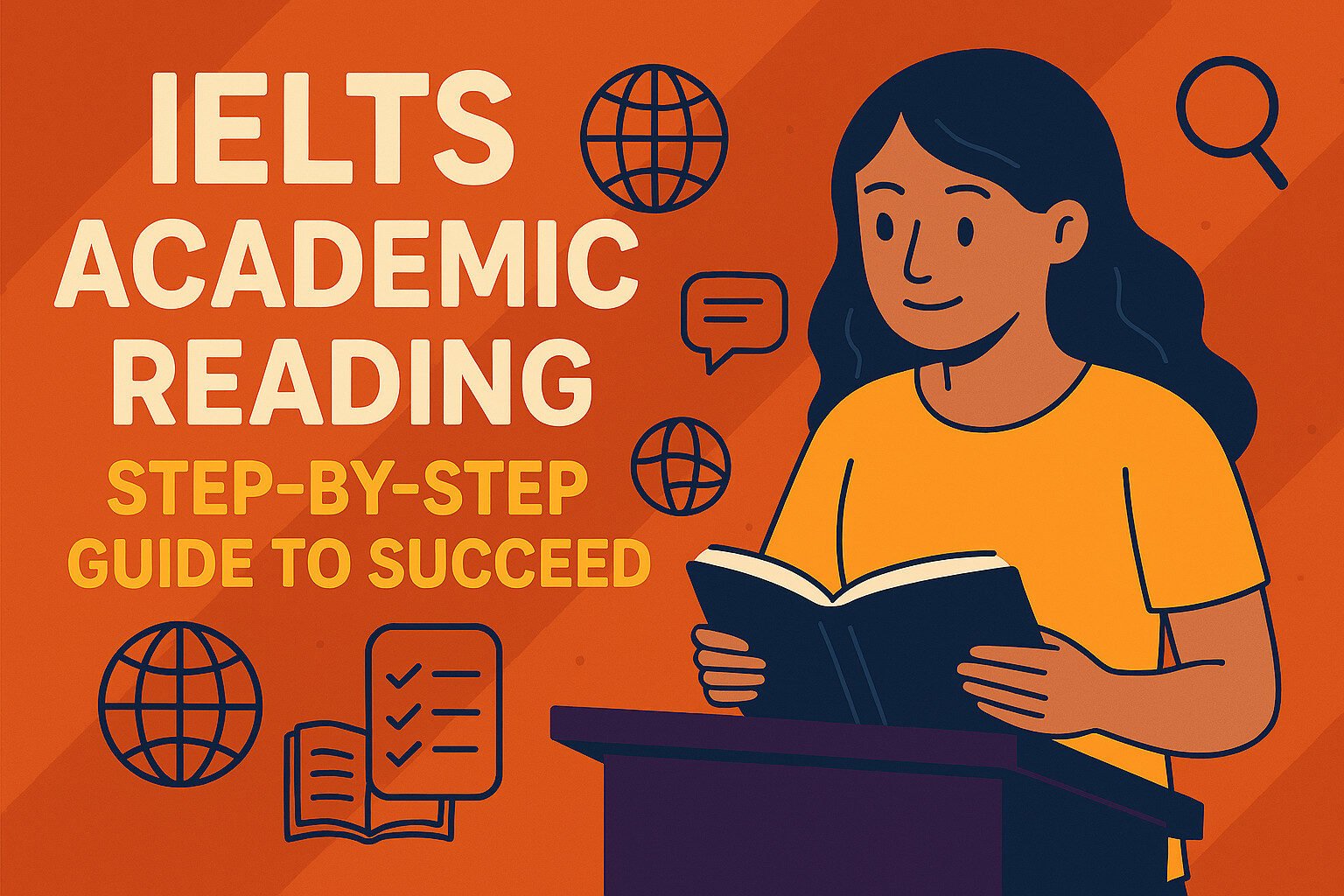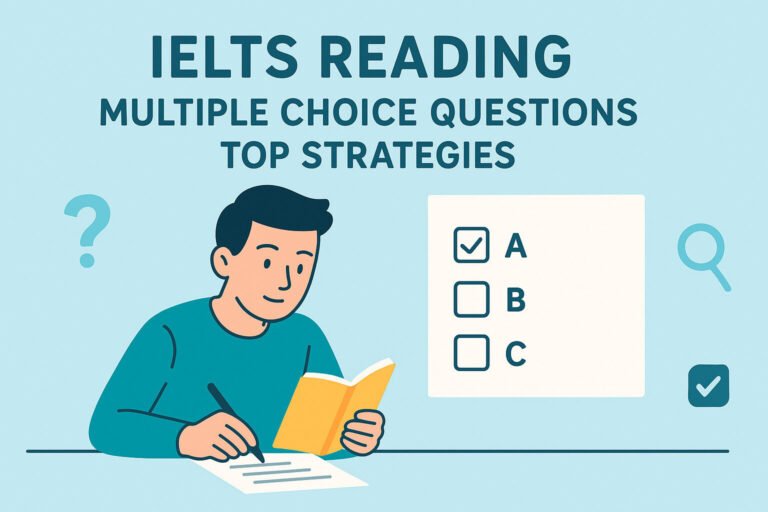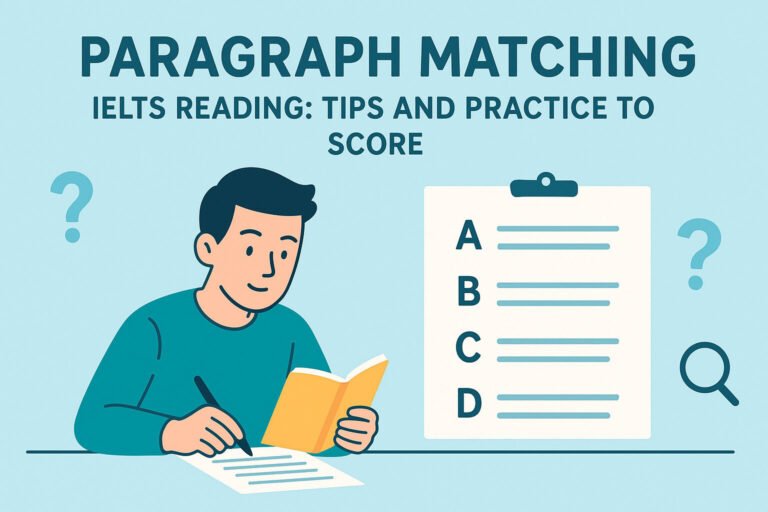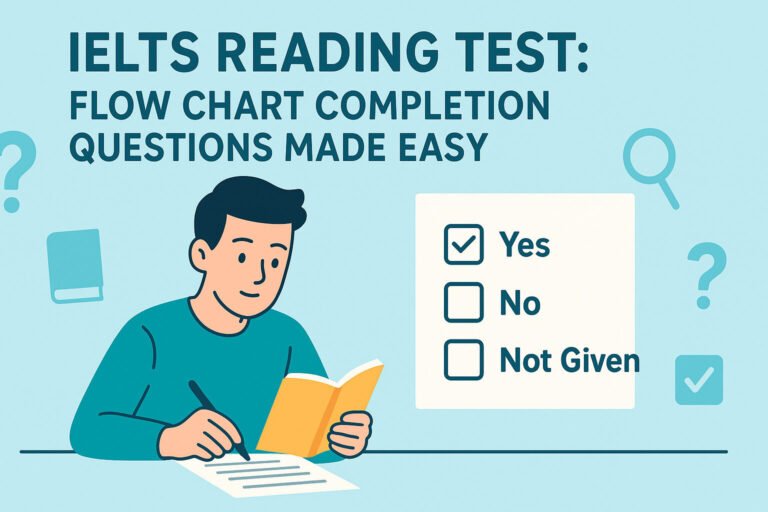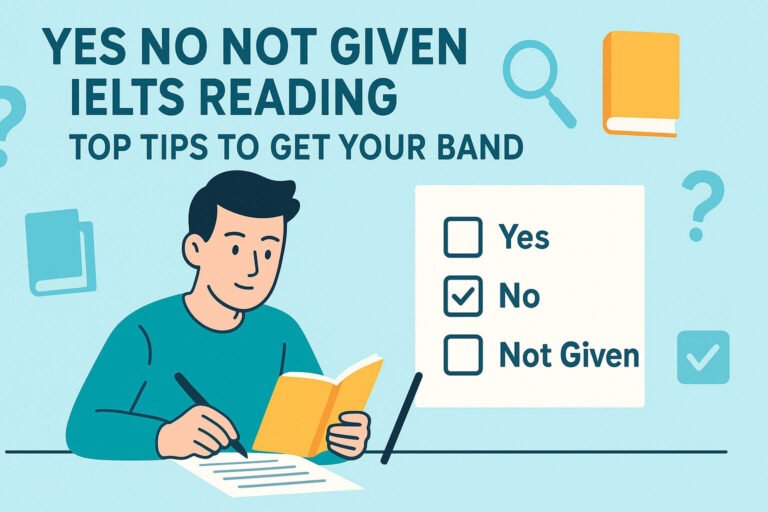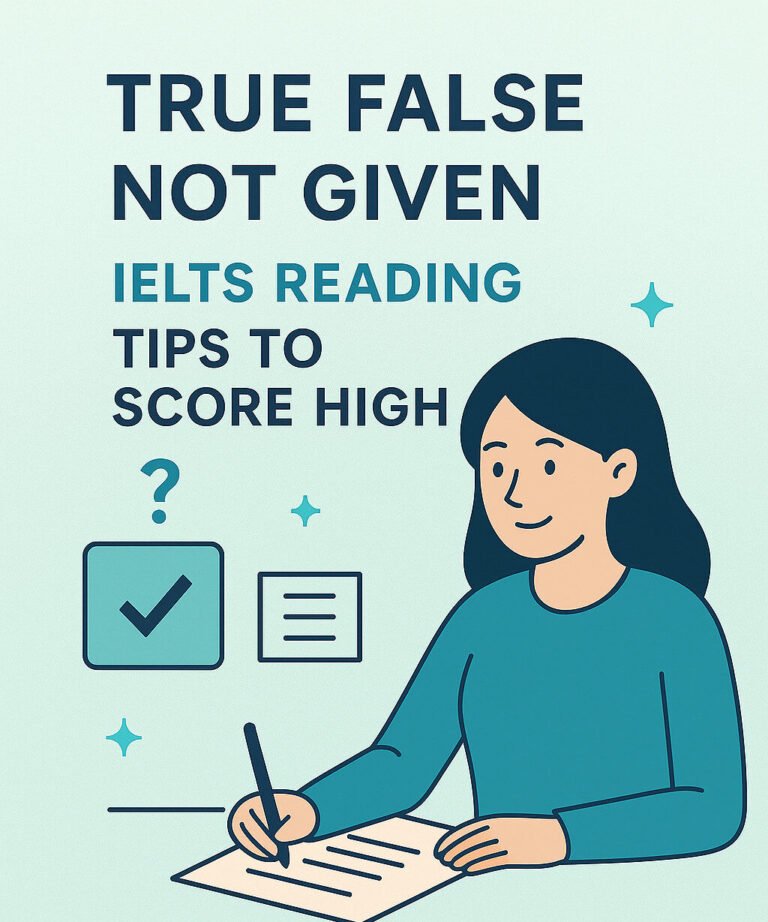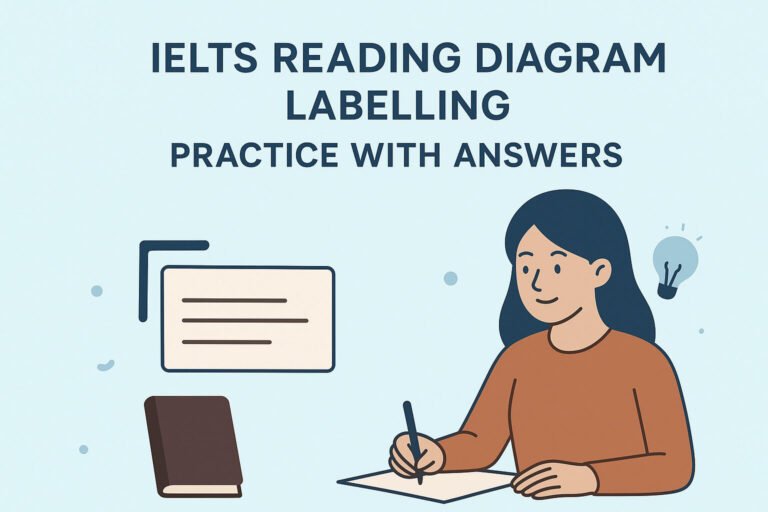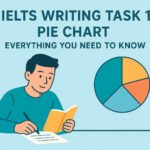Boost your IELTS academic reading score with skimming, scanning, and tips. Learn strategies and practice—visit IELTSNest.com for free resources today!. Struggling to finish IELTS academic reading passages on time? Many aspirants feel overwhelmed by the complex texts and tight 60-minute limit. This blog will guide you with proven strategies to boost your IELTS academic reading score and tackle every question with confidence.
We’ll explore skimming, scanning, and more to help you understand the test. You’ll learn how to follow instructions, manage time, and avoid common mistakes. Let’s start your journey to success!
Why IELTS Academic Reading Matters
IELTS academic reading tests your ability to handle university-level texts. A good score shows you can study or work in English-speaking countries. It opens doors to better opportunities.
For example, a band 6.5 can get you into many programs. Practice improves your focus and speed. Try reading one passage daily to see progress.
Understanding IELTS Academic Reading
What to Expect
IELTS academic reading has three long passages. You answer 40 questions in 60 minutes. Topics range from science to history.
The test checks your reading skills for academic purposes. Each passage gets harder. Preparation builds your confidence.
Scoring Basics
Your IELTS academic reading score ranges from 0 to 9. You earn points for correct answers. The score converts to a band based on accuracy.
For instance, 30/40 correct gives around band 7. Practice helps you aim higher. Check your progress with sample tests.
Step-by-Step Guide to Succeed
Read the Instructions Carefully
Start by reading instructions. They tell you word limits or answer formats. Following them prevents errors.
Example: “Use no more than three words” means keep it short. Action tip: Circle key rules before starting.
Read the Questions First
Look at questions before the passage. This tells you what to find. Understand question type like matching or multiple choice.
Underline key words in questions. For example, underline “reasons” in “What are the reasons?” Action tip: Number questions to track them.
Skim for Main Ideas
Skim the passage to grasp the big picture. Read the first sentence of each paragraph. This takes about 2 minutes.
Skimming helps you see the structure. Example: A science text shows experiments first. Action tip: Practice skimming news articles.
Scan to Find Answers
Scan for specific details after skimming. Look for synonyms and paraphrasing in the text. This finds the exact answers.
For instance, “happy” might be “joyful” in the passage. Example: Question “Where?” text says “location.” Action tip: Highlight key terms while scanning.
Spend 1 Minute Per Question
Give 1 minute for each question. This keeps you on schedule. Stick to time limit of 60 minutes.
If stuck, move on and return later. Example: Skip a hard matching question. Action tip: Use a timer during practice.
Check Spelling Before Finishing
Check spelling when transferring answers. Mistakes like “recieve” cost marks. Double-check proper nouns.
Example: “Environment” must be correct. Action tip: Practice spelling common words daily.
Real Examples in Action
Example: Skimming and Scanning
Imagine a passage on technology. Question: “What improves efficiency?” Skim finds a tools section. Scan spots “automation” as the answer.
Students miss paraphrasing like “efficiency” for “productivity.” Action tip: Rewrite questions to spot synonyms.
Example: Synonym and Paraphrasing
Question: “Why do people travel?” Text says “Individuals seek new experiences.” “Travel” paraphrases to “seek.”
This shows how answers hide in reworded text. Example: “Fast” becomes “quick.” Action tip: Make a synonym list to study.
Useful Tips and Mistakes to Avoid
Top Tips for Success
- Read the questions first to focus your reading.
- Understand question type and underline key words.
- Skim and scan to find answers quickly.
Look for synonyms and paraphrasing in passages. Spend 1 minute for each question. Check spelling at the end.
Common Mistakes to Dodge
Don’t read the whole passage first. It wastes time. Avoid ignoring instructions on word limits.
Don’t guess without scanning. Check context for true/false questions. Example: “Only” changes meaning. Action tip: Review one passage weekly for errors.
Avoid spelling mistakes. Write clearly to avoid confusion. Stick to time limit to finish all questions.
Table: Question Types and Strategies
| Question Type | Focus | Strategy | Example Phrase |
|---|---|---|---|
| Matching Headings | Main Ideas | Skim paragraphs | “Main topic is…” |
| True/False/Not Given | Facts | Scan for exact words | “Author says…” |
| Multiple Choice | Best Answer | Read all options | “Choose the reason…” |
| Gap Fill | Missing Words | Look for context | “The result was…” |
| Matching Information | Details | Underline keywords | “Link to section…” |
This table guides your IELTS academic reading practice.
FAQ Section
How can I improve my IELTS academic reading score?
Practice skimming and scanning daily. Read questions first. Check synonyms to find answers.
What does skimming mean in IELTS academic reading?
Skimming reads fast for main ideas. It helps you save time. Try it with short articles.
Why should I read questions first in IELTS academic reading?
It shows what to look for. You focus better. This saves effort.
How do I handle spelling in IELTS academic reading?
Check answers before transferring. Practice common words. Avoid rushing at the end.
What if I run out of time?
Stick to 1 minute per question. Skip hard ones and return. Practice with a timer.
Conclusion with Call-to-Action
IELTS academic reading gets easier with practice. Use skimming, scanning, and time management to boost your score. Follow these tips to feel ready.
Visit IELTSNest.com for more free resources. Download practice tests today and start improving!

